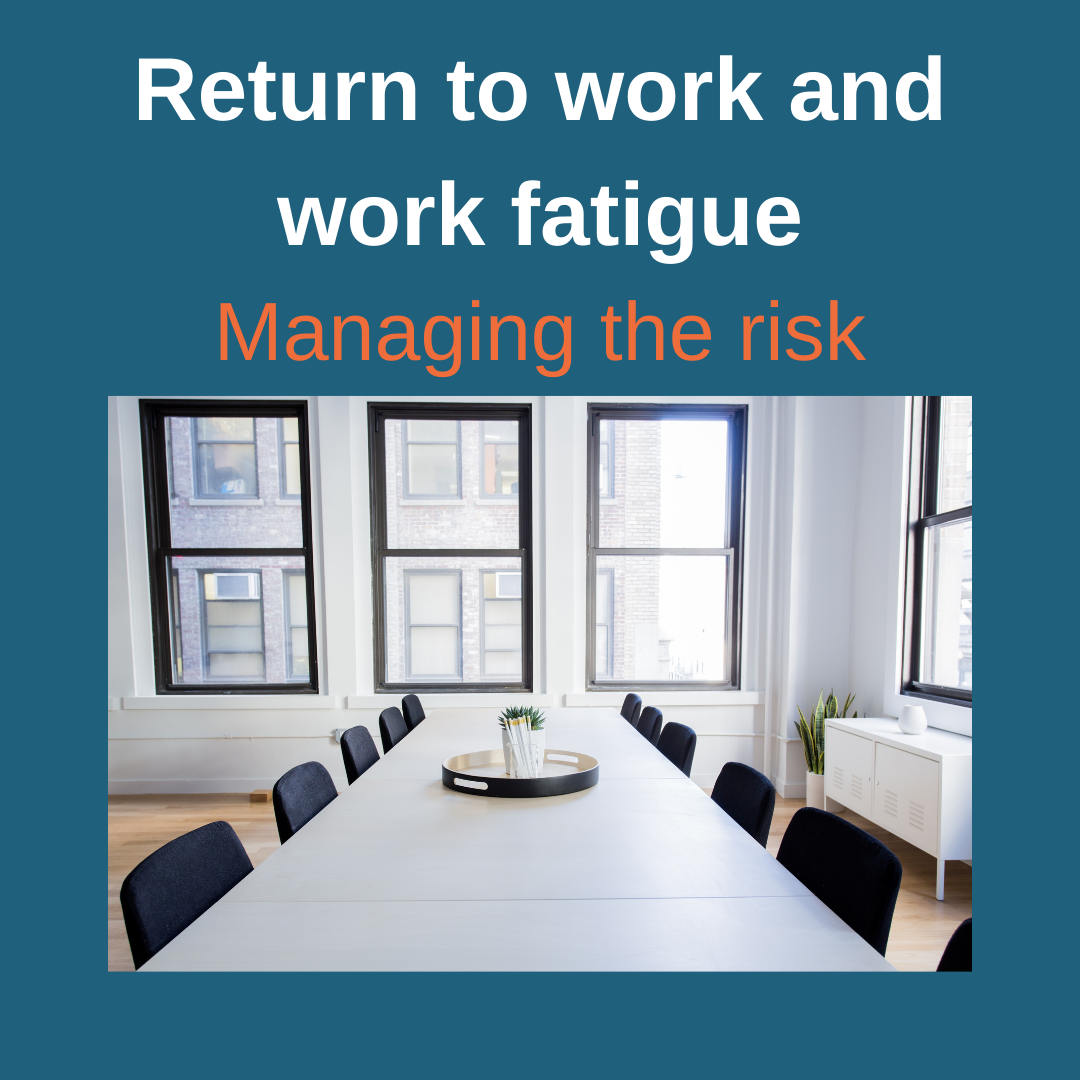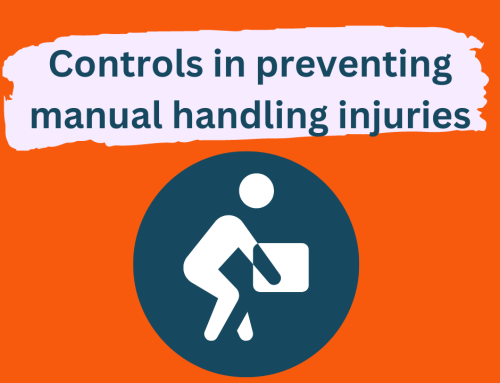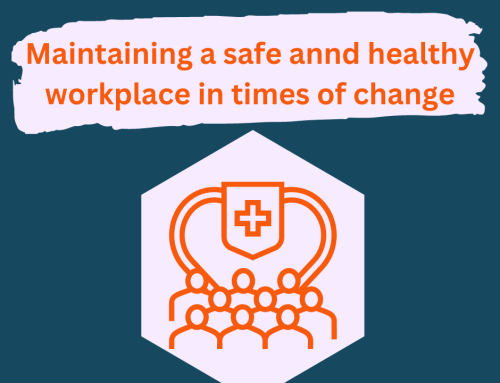As we begin to slowly return to the office as a result of government guidelines relaxing, the conversation around ‘return to work fatigue’, has begun, bringing in to question to best ways to rebuild and maintain work stamina in the workplace. Whether your employees have been on furlough, working from home, or a mix of the two, this topic is likely to affect pretty much all employees returning to the office in one way or another.
Below, we have thought of some potential ideas that you could put into practice in your workplace in order to manage your risks regarding employees returning to work in the office.
- Risk assessment: In most cases, a risk assessment must be done to ensure the working environment is a safe one. The level of risk will vary according to the individuals returning, what their job role is and the work environment they are expected to work in. This will also include ensuring that PPE (masks, gloves, hand sanitizer and antibacterial wipes and sprays for employees to wipe down their desks) is readily available to all employees, with regular cleaning of the office taking place. These are all things to consider when writing a risk assessment, as all of this will affect what level of contact is required between employees, and how that is managed by the company.
- Meeting employees one to one: Depending on the size of your organization, holding a ‘return to work’ meeting with each of your employees, in an environment where they feel able to air any concerns that they may have about the process will be a good way to manage any potential risk or worries they may have ahead of their return. It would be a good idea to follow this meeting up with regular staff check-ins to ensure that people are not overwhelmed by the transition back to normal life, ensuring that you signpost employees to services available to help them if they are beginning to feel overwhelmed with the changes.
- Phased return: Implementing a staggered return process, where different members come back to the office on different days, could be a great way to safely and effectively bring employees back to the office with the lowest change of risk. In practice, this could look like certain members of staff still working some days of the week at home and then some days in the office. Additionally, you could create a ‘work bubble’, where certain members of staff are only ever in the office together. Remember, social distancing should still be in practice despite the move towards more people returning to work in a shared office.
- Have patience! Go easy on your employees, and do not underestimate the power of work fatigue coming in to play, especially in the first few days or weeks. Work stamina will be low for those who have been on furlough, and getting back into the rhythm of a working day may be a lot to adjust to. If an employee has been working from home, they too may still struggle due to the change of environment, and the sudden increase in social contact. So, you may do well to reduce your expectations for your employees for the first week or so. This could look like putting on refresher courses for those employees who have been on furlough for long periods of time or giving previously furloughed employees allotted time to catch up on the numerous amounts of e-mails that are likely to have been sat in their inboxes for at least a few months!
These are just some suggestions for how to manage a safe return to work for your employees, and how to best avoid, or at least decrease the dreaded return to work fatigue that may inevitably set in.
If you have any further questions about risk management or Employers Liability insurance, we would love to speak to you! Just ring us on 0191 917 0330, or e-mail: info@talbotjones.co.uk.





